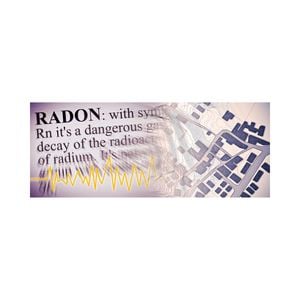If you’re a homeowner in Connecticut, you may have heard about radon and its potential health risks. But what exactly is radon, and should you be concerned about it in your home? Let’s explore this critical topic.

Radon is a naturally occurring radioactive gas that forms from the decay of uranium in soil, rock, and water. It is invisible, odorless, and tasteless, making it impossible to detect without specialized equipment.
Radon is a significant health hazard because it is the second leading cause of lung cancer in the United States, following smoking. The EPA estimates that radon causes about 21,000 lung cancer deaths each year. Long-term exposure to high levels of radon can lead to the development of lung cancer, even in non-smokers.
Connecticut, like many other states, has areas with high radon levels. The state’s geology contains uranium-rich soil, which can result in elevated radon levels in homes. In Connecticut, about one in five homes has radon levels above the EPA’s recommended action level.
3.) Silent Intruder:
Radon is a stealthy intruder—since it is invisible and odorless, homeowners often remain unaware of its presence until they conduct a radon test. It’s essential to test for radon to ensure your home environment is safe.
Radon enters homes through various channels, including:
- Cracks in floors and walls
- Construction joints
- Gaps around service pipes
- Cavities inside walls
- The water supply (particularly if you have a well)
Fortunately, testing for radon is a straightforward process. Follow these steps to ensure your home is free from high radon levels:
Purchase a Radon Test Kit: You can easily find radon test kits at local hardware stores or online. Alternatively, you may hire a professional to carry out the test.
Place the Test Kit: Set the test kit in the lowest level of your home that you frequently use, such as a basement. Leave it in place as per the instructions, usually for a few days up to a week.
Send the Kit to a Lab: Mail the test kit to a certified lab for analysis. They will provide you with the results in a few days.
If your test results show radon levels above the EPA’s recommended action level of 4.0 pCi/L, it’s crucial to take immediate action. Typically, this involves installing a radon mitigation system, which helps vent the radon gas outside your home, significantly reducing indoor levels. Consulting a radon mitigation professional will help you determine the best solution for your situation. As of this post (2024) the average cost of a professionally installed Radon Mitigation System in Connecticut is around $1,400.

